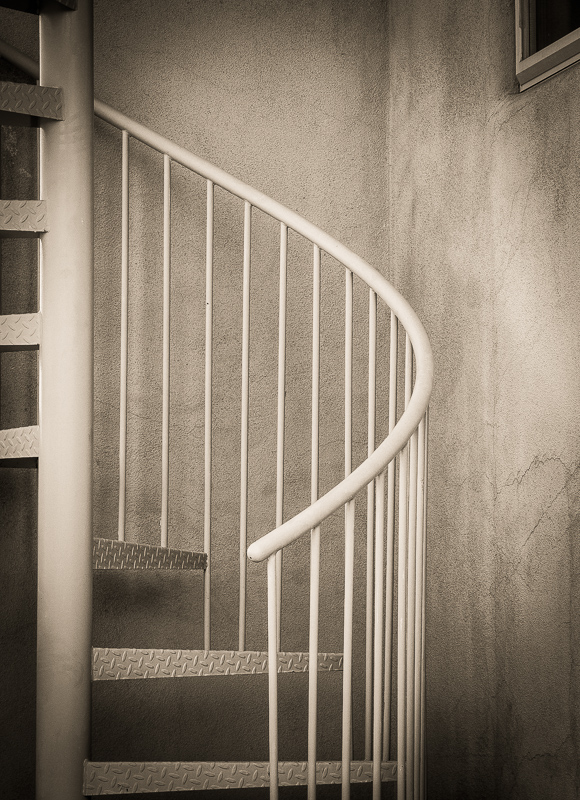Every Picture Is a Compromise
Lessons from the Also-rans
Most photography websites show the photographer's very best work. Wonderful. But that's not the full story of a creative life. If we want to learn, we'd better pay attention to the images that aren't "greatest hits" and see what lessons they have to offer. Every picture is a compromise — the sum of its parts, optical, technical, visual, emotional, and even cosmic – well, maybe not cosmic, but sometimes spiritual. Success on all fronts is rare. It's ok to learn from those that are not our best.
This is a series about my also-rans, some of which I've been able to improve at bit (i.e., "best effort"), none of which I would consider my best. With each there are lessons worth sharing, so I will.
Original digital captureWhat I saw that I liked:Lovely composition, but this monochromatic scene just screams to be b/w. What I don't like in the picture:Have you ever noticed that conversion of a color image to a b/w version always requires an increase in contrast? Why is that? What I learned:My standard conversion to b/w always includes an increase in contrast. In this image, however, the scene also needs that heavy vignette to give the space a greater sense of three-dimensionality. In fact, I use a vignette often in my b/w images and have noticed that color images need it far less frequently. I have no idea why. Sometimes you just have to go with your gut feelings. 2nd Chances: What I might try nextNot sure I have the right toning treatment on this image. I've never used it in a project, but if I do I will likely need to adjust the warm tint to fit the project. |


